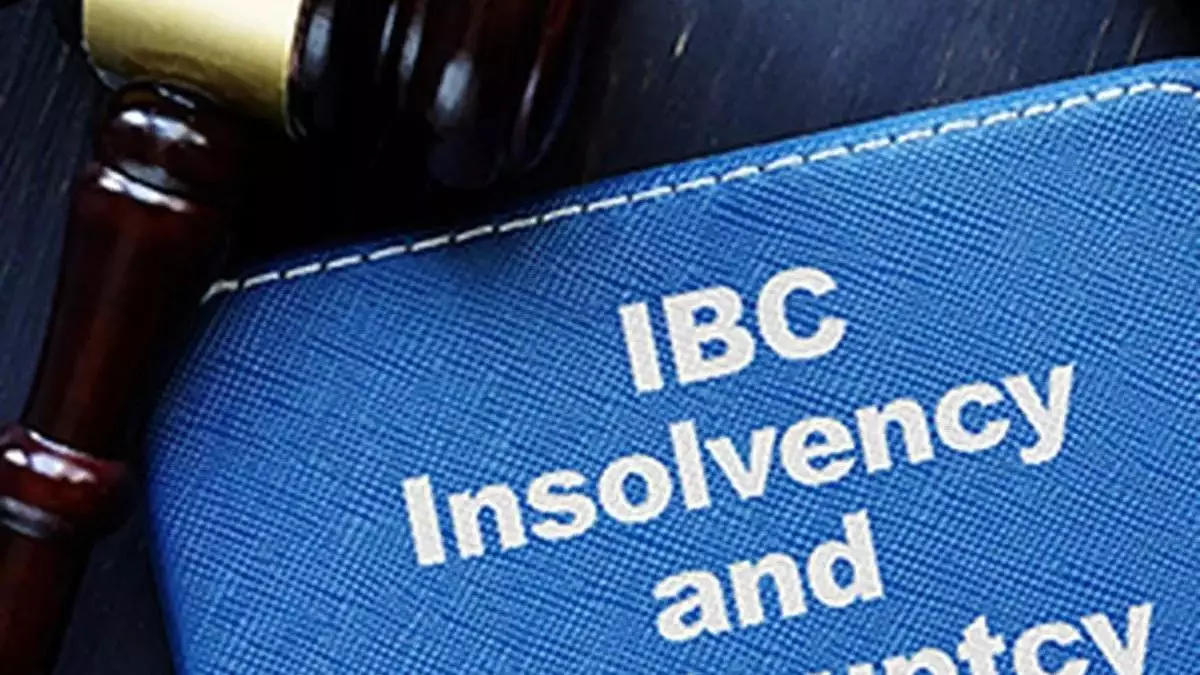Govt should look into fault lines in IBC: SBI economic research
The Government should look into the fault lines in the IBC (Insolvency and Bankruptcy Code, 2016) set-up to reduce the time taken for the corporate insolvency resolution process, according to a report by State Bank of India’s economic research department (ERD).
“Recoveries through IBC in FY24 were 32 per cent (of admitted claims), and financial creditors lost 68 per cent of their claims. The time taken to reach resolution is 863 days instead of the stated 330 days,” per the ERD’s report.
Average resolution period
Soumya Kanti Ghosh, Group Chief Economic Advisor, State Bank of India, observed that the fault lines in the IBC set-up needs to be critically analysed, chiefly from a time bound resolution angle, as average resolution period has zoomed up to 863 days now.
“This increase in the time take for resolution is in view of conflicting situations arising out of litigation, dissenting creditors and poor infrastructure, which can dilute the very spirit of this radical, yet largely successful approach to course correct the flow of resources to productive sectors while also addressing insolvency issues,” he said.
“IBC is a crucial pillar for a vibrant secondary market for stressed assets. But for this market to take off, the pool of prospective resolution applicants needs to widen.”
“In this regard, the introduction of the Special Situation Funds (SSFs) by SEBI has been a promising start. Going forward, policymakers need to make the regulatory regime on SSFs more attractive for stressed asset investors,” Ghosh said.
The ERD expects the Government to look into the concerns over IBC so that it can be improved and cases under the code are expedited.
In 2016, the Parliament passed the IBC. The code consolidates and amends the laws relating to reorganisation and insolvency resolution of corporate persons, partnership firms and individuals in a time bound manner for maximisation of value of assets of such persons, to promote entrepreneurship, availability of credit and balance the interests of all the stakeholders.
